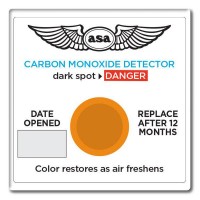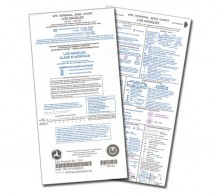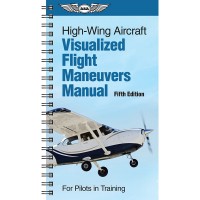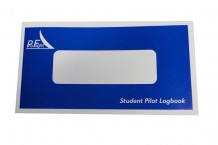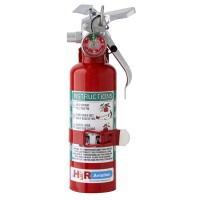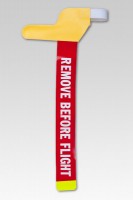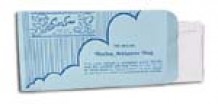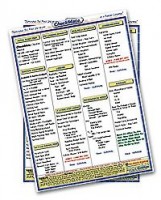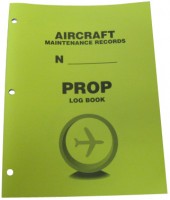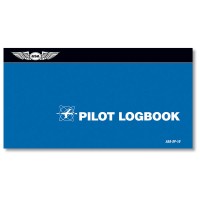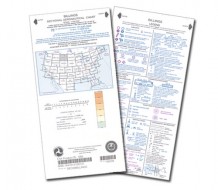1-877-795-2278 | info@aircraftspruce.ca
Aircraft Spruce Canada
Brantford, ON Canada
Corona, CA | Peachtree City, GA
Chicago, IL | Wasilla, AK
Aircraft Spruce Canada
Brantford, ON Canada
Corona, CA | Peachtree City, GA
Chicago, IL | Wasilla, AK
FREE SHIPPING ON ORDERS OVER $699 (SOME EXCLUSIONS APPLY) | 877-795-2278
Seaplanes North STC Package Aerometer+
$1076.00/Each
Part# 05-27516
MFR Model# AEROMETER+
MFR Model# AEROMETER+
Overview
FAA-PMA approved device that electronically activates an existing hourmeter when the forward motion of the aircraft exceeds 27 mph IAS.What is Aircraft Time in Service?As defined by FAR Part 1, Aircraft Time in Service, with respect to maintenance time records, means the time from the moment an aircraft leaves the surface of the earth until it touches it at the next point of landing.Why Track Aircraft Time in Service?Aerometer accurately tracks Aircraft Time in Service, not time spent taxiing, warming up, or waiting for clearances. By accurately tracking aircraft time in service, you are guaranteed:
Who should use Aerometer?Any light aircraft can benefit from Aerometer! Charter operations and flight schools who customarily bill from the flight hour recorder can still take advantage of Aerometer. Simply install a second hourmeter to track Time in Service in conjunction with Aerometer.Is it easy to install?Aerometer comes complete in kit form and can be installed in under 2 hours. Installation of this device requires no structural or sheetmetal modifications. Certain aircraft may require an additional installation kit. |
Q&A
Please note, Aircraft Spruce Canada's personnel are not certified aircraft mechanics and can only provide general support and ideas, which should not be relied upon or implemented in lieu of consulting an A&P or other qualified technician. Aircraft Spruce Canada assumes no responsibility or liability for any issue or problem which may arise from any repair, modification or other work done from this knowledge base. Any product eligibility information provided here is based on general application guides and we recommend always referring to your specific aircraft parts manual, the parts manufacturer or consulting with a qualified mechanic.

 Aircraft Spruce Canada
Aircraft Spruce Canada







